Years active 1937–75 | Name Richard Carlson Role Actor | |
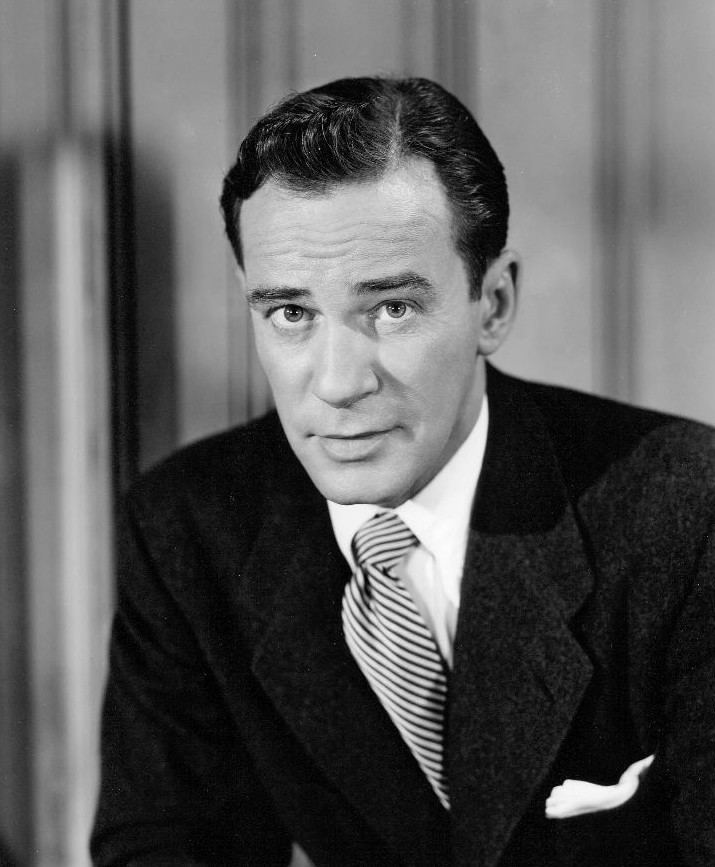 | ||
Full Name Richard Dutoit Carlson Born April 29, 1912 ( 1912-04-29 ) Albert Lea, Minnesota, USA Alma mater University of Minnesotasumma cum laude Parent(s) Mabel Du ToitHenry Carlson Died November 25, 1977, Encino, Los Angeles, California, United States Spouse Mona Carlson (m. 1939–1977) Children Richard Henry Carlson, Christopher Hugh Carlson Siblings Henry Clay Carlson, Ruth Elenore Carlson, Margaret Mabel Carlson Movies Creature from the Black Lag, It Came from Outer Space, King Solomon's Mines, Tormented, The Valley of Gwangi Similar People Julie Adams, Jack Arnold, Richard Denning, Antonio Moreno, Whit Bissell | ||
Cause of death Cerebral hemorrhage | ||
Richard Dutoit Carlson (April 29, 1912 – November 25, 1977) was an American actor, television and film director, and screenwriter.
Contents
Career
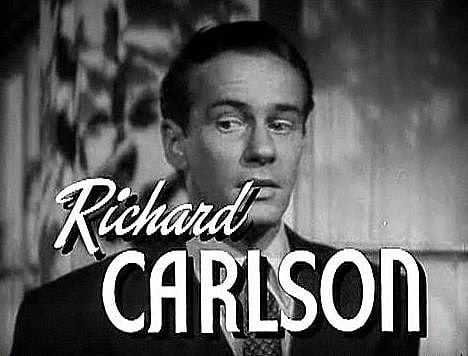
The son of a Danish-born lawyer, Carlson was born in Albert Lea, Minnesota.
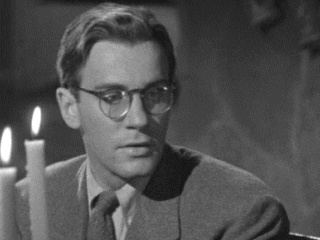
Carlson majored in drama at the University of Minnesota, where he wrote and directed plays and was a member of Phi Beta Kappa. He graduated cum laude with a Master of Arts degree. Carlson then opened his own repertory theater in Saint Paul, Minnesota. When the theater failed, Carlson moved to New York City.
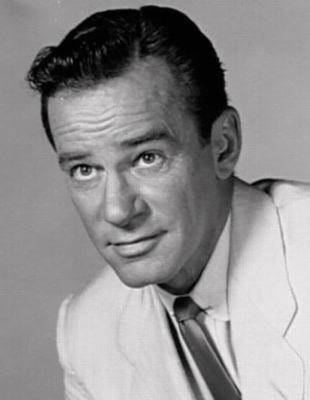
In 1935, Carlson made his acting debut on Broadway in Three Men on a Horse, and appeared with Ethel Barrymore in Ghost of Yankee Doodle and Whiteoaks. In 1937, he wrote and staged the play Western Waters, which ran for only seven performances.
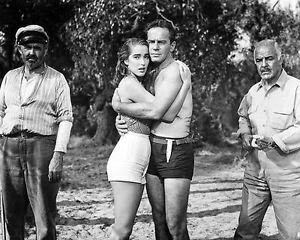
Carlson then moved to California, where he joined the Pasadena Playhouse.
Carlson's first film role was in the 1938 David O. Selznick comedy The Young in Heart. He worked as a freelance actor for different studios, and his film appearances included Too Many Girls (1940) with Lucille Ball, The Howards of Virginia (1940) with Cary Grant, and The Little Foxes (1941).
During World War II, Carlson served in the United States Navy. When he returned to Hollywood, he had few offers of employment, and turned to writing to supplement his income. In 1948, Carlson was cast in two low-budget film noir releases, Behind Locked Doors and The Amazing Mr. X. In 1950, he co-starred with Deborah Kerr and Stewart Granger in the highly successful adventure film King Solomon's Mines, filmed on location in the Kenya Colony and the Belgian Congo. While shooting in Africa, Carlson wrote a series of articles for The Saturday Evening Post, collectively titled "Diary of a Hollywood Safari."
For the rest of the 1950s, Carlson worked steadily, finding a niche in the newly re-emergent genres of science fiction and horror. He was cast in several B movies, including 3-D films: The Maze (1953), The Magnetic Monster (1953), It Came from Outer Space (1953) with Barbara Rush, and Creature from the Black Lagoon (1954) with Julia Adams. His success in the genre led him to the director's chair for the 1954 science fiction film Riders to the Stars, in which he also starred.
In 1957 and 1958, Carlson played "Mr. Fiction Writer" in three of the nine films made for television collectively titled The Bell Laboratory Science Series. He also directed his final film for the project, The Unchained Goddess.
On July 14, 1951, Carlson and then U.S. Senator Hubert Humphrey were the guests on the CBS live variety show, Faye Emerson's Wonderful Town, in which hostess Faye Emerson visited Minneapolis to accent the kinds of music popular in the city.
In addition to writing and directing various film and television projects, Carlson also was the star of the Cold War drama television series I Led Three Lives from 1953 to 1956.
He was featured in 1957 in The Helen Morgan Story. That same year, he was cast as two different ministers, Rabbi Avraham Soltes and Father William Wendt, in the episodes "The Happy Gift" and "Call for Help", respectively, of the syndicated religious anthology series, Crossroads.
In the 1958-1959 television season, Carlson portrayed Colonel Ranald Mackenzie of the 4th Regiment of the United States Cavalry in the syndicated western series, Mackenzie's Raiders, with Morris Ankrum, Louis Jean Heydt, Jack Ging, and Brett King among the "Raiders". The series is set at the former Fort Clark near Brackettville in southwestern Texas, where the real Mackenzie was stationed during much of the 1870s. However, the episodes were filmed at the former Corriganville Movie Ranch in Simi Valley, California. In the series theme, Mackenzie and his men must protect the American border from an assortment of outlaws from both the United States and Mexico. Yet the Raiders cannot risk being caught within Mexico, or they would lose the open support of their own government.
In 1959, Carlson was cast as Paul Drake in "The Faithless" of the NBC western series Riverboat, with Darren McGavin. In the story line, Drake is an escaped prisoner with medical training being transported on the river vessel, the Enterprise, back to jail. Having lost his religious faith, Drake refuses to render medical assistance to a two-year-old girl stricken with a communicable disease which threatens the entire vessel. William Phipps and Jeanne Bates play the parents of the child. Bethel Leslie portrays Cathy Norris.
In 1965, he played a mad scientist who creates a mutant, killer octopus in the Voyage to the Bottom of the Sea episode "The Village of Guilt".
In the final two seasons of CBS's Perry Mason, Carlson made two guest appearances, both times as the murder victim. In 1964 he played Anthony Fry in "The Case of the Tragic Trophy;" in 1966, he played Clete Hawley in "The Case of the Avenging Angel."
Carlson's last movie role was in the 1969 Elvis Presley/Mary Tyler Moore film, Change of Habit. His last acting role was in a 1975 episode of the television series Khan!.
In terms of his physical appearance and voice, Carlson is often confused with actor Hugh Marlowe, who was one year older and starred in the science fiction classics The Day the Earth Stood Still and Earth vs. the Flying Saucers. The two men were not related.
Death
Carlson died of a cerebral hemorrhage at the age of 65 on November 25, 1977, in Encino, California. He was buried in Los Angeles National Cemetery, in West Los Angeles. For his contribution to the television industry, Richard Carlson has a star on the Hollywood Walk of Fame at 6333 Hollywood Blvd.
